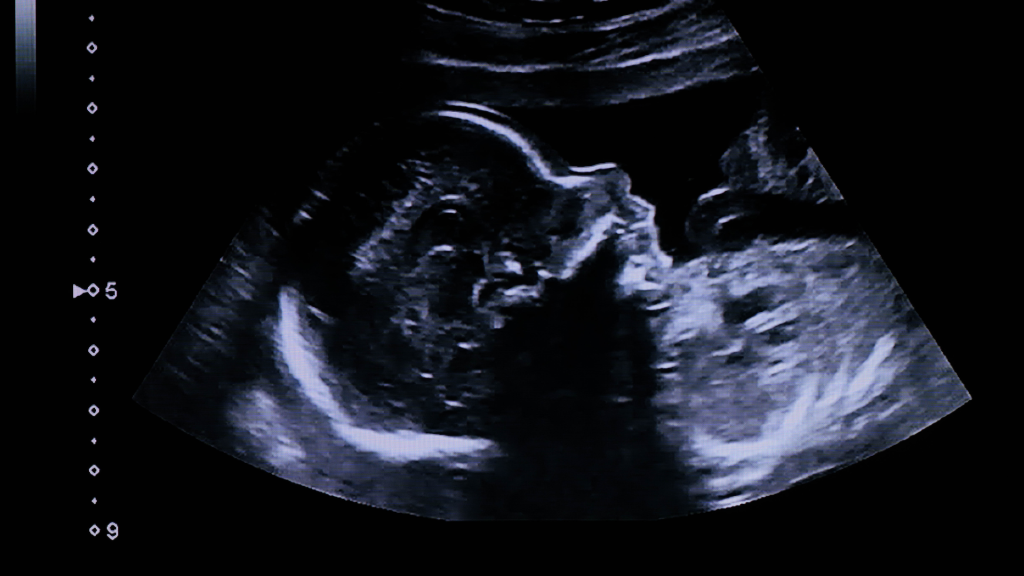
Image Credit: Shutterstock.com.
Can affordable technologies offer a helping hand during birth? A new study in the open-access journal the Frontiers in Global Women’s Health has disclosed a cheap sensing glove that could do just exactly that.
The scientists made the device to help healthcare staff determine the fetal position and the force employed on the fetal head during labor, factors that could lead to poor birth outcomes and obstructed labor. The technology could offer real-time data at the time of vaginal examinations, possibly enhancing birth results in low-resource regions.
Birth Outcomes in Low-Resource Regions
When labor fails to go as it must, clinicians could utilize an extensive array of medical technologies to identify what is wrong. But, in low- and middle-income countries, such technologies and skilled staff who could make use of them are not available always. The scientists behind this new study reported that 98% of stillbirths happen in such countries, thereby reflecting the cost of this issue.
Obstructed labor, where the position or size of the fetus blocks its passage via the birth canal, is a significant factor underlying this issue. Doctors could remedy this situation with the help of numerous techniques. However, they initially require to determine the issue, sooner as early as possible. The motivation behind this study was to make an affordable solution for doctors in low-resource regions.
A Sensing Glove for Vaginal Exams
A simple surgical glove is used as the basis for this technology by researchers. They printed flexible pressure and force sensors onto the fingertips of the glove. Such sensors comprise metal-oxide nanocomposites that could produce an electric current when they touch against objects.
The scientists guaranteed that the sensors were thin and that they would not interfere with a doctor’s sense of touch.
Also, the scientists came up with a smartphone app, thereby enabling clinicians to view the sensor data in real time. Every sensing glove costs below $1 to produce.
Testing the System
For the system to be tested, the scientists made models of a baby’s head from silicone elastomer, which replicated the fragile surface structures of the real thing. An experienced obstetrician executed mock vaginal examinations with the help of the sensing glove and silicone heads.
The sensing glove was successful in indicating the joints between the “bones” of the model heads with a jump in electrical current as the glove’s finger passed over them.
This would enable a clinician to identify where these joints are, and hence evaluate the fetus’ orientation. Also, the glove was successful in sensing the force applied to the heads, thereby offering real-time data on the smartphone app.
Translating the Technology
The scientists plan to execute trials in humans to identify if the glove can offer the same information in real-world conditions. If it turns out to be successful, the technology could offer an easy and cost-efficient early-warning system for hindered birth in low-resource regions of the world. Also, it may act as a useful training tool for clinicians in such regions.
This is the first glove of its kind that could be used to identify fetal position and therefore may be able to improve labor outcomes. We hope that with successful clinical translation, the glove may be used worldwide, increasing the safety of assisted vaginal birth.
Dr. Shireen Jaufuraully, Study Lead Author, University College London
Journal Reference
Jaufuraully, S., et al. (2023) Preventing stillbirth from obstructed labor: A sensorized, low-cost device to train in safer operative birth. Frontiers. doi.org/10.3389/fgwh.2022.1039477.